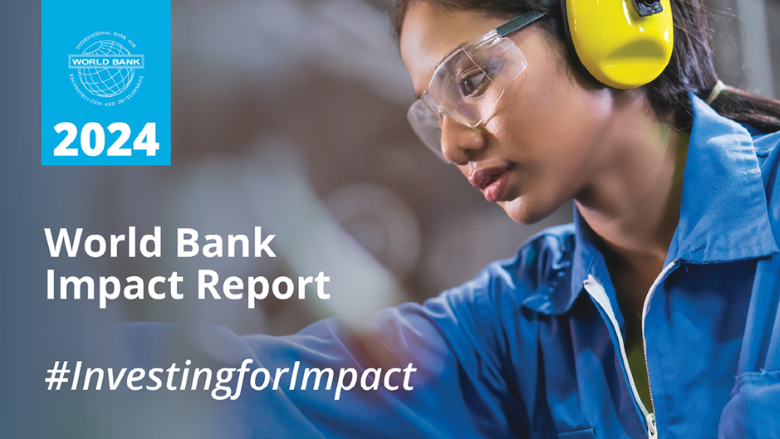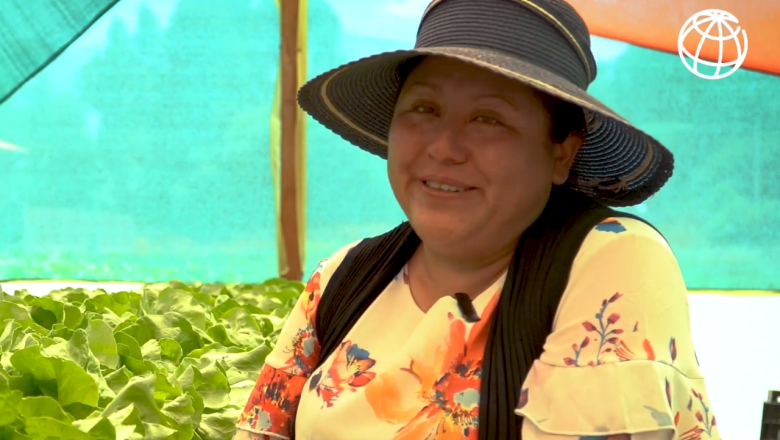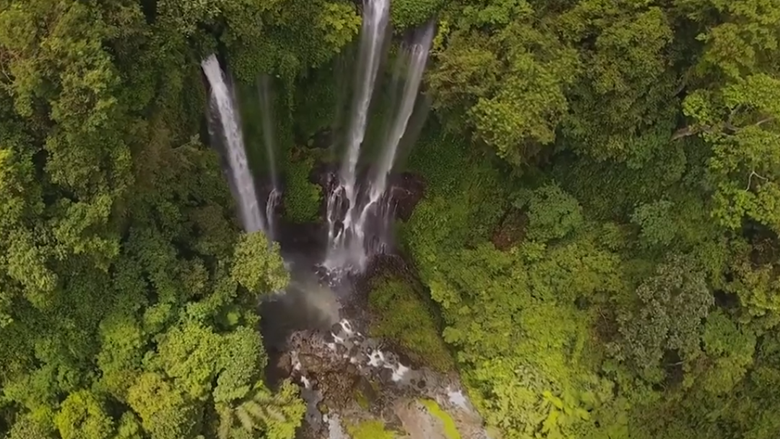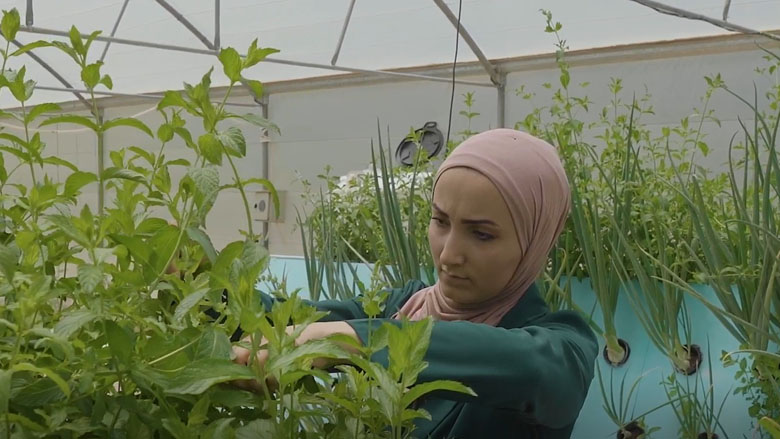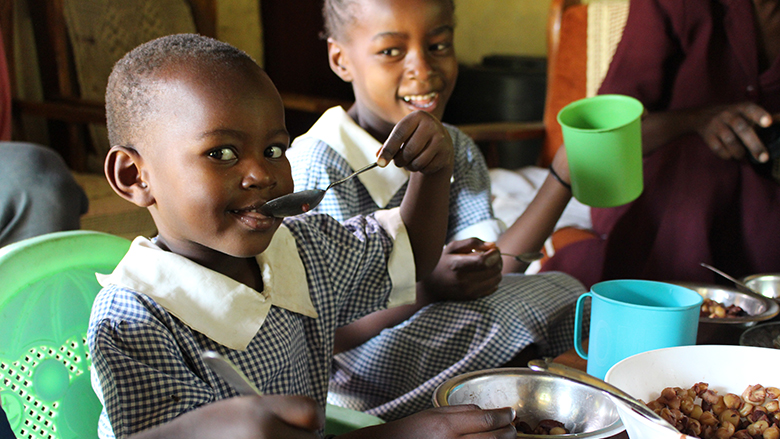The World Bank works in every major area of development in partnership with member governments to find sustainable solutions to local and global development challenges. World Bank Sustainable Development Bonds support the financing of a combination of green and social, i.e. “sustainable development”, projects, programs, and activities in member countries.
In FY25, the World Bank issued US$64.17 billion in bonds in 18 different currencies and 358 transactions to support the financing of sustainable development projects and programs.
Each project is designed intentionally to achieve both positive social and environmental impacts and outcomes in line with the World Bank Group’s twin goals of eliminating extreme poverty and promoting shared prosperity and the Sustainable Development Goals.

